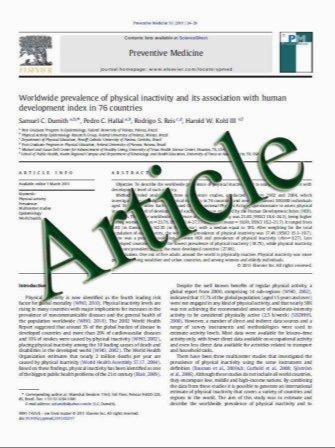Outcome in Poor Grade Subarachnoid Hemorrhage Patients Treated with Acute Endovascular Coiling of Aneurysms and Aggressive Intensive Care
- نوع فایل : کتاب
- زبان : انگلیسی
- مؤلف : Christopher J. Taylor • Fergus Robertson • David Brealey • Frankie O’shea • Tina Stephen • Stefan Brew • Joan P. Grieve • Martin Smith • Ian Appleby
- چاپ و سال / کشور: 2011
Description
Background Patients with poor grade (World Federation of Neurosurgeons (WFNS) Grades 4 and 5) subarachnoid hemorrhage (SAH) were historically considered to have a poor neurological outcome and therefore not traditionally offered aggressive treatment. In recent years there has been increasing evidence that early aggressive treatment of this patient group can result in a good outcome. Aim of this study is to identify the outcome of patients with WFNS Grade-4 and -5 SAH treated acutely with endovascular detachable coil embolization (DCE) and aggressive neurocritical care within our institution. Methods We retrospectively reviewed the records of patients with SAH WFNS Grades 4 and 5 treated with DCE within 7 days of admission between 1st January 2004 and 1st January 2008. Data collected included age, sex, grade SAH, position/number of Aneurysms, coiling complications, time spent on the neurosurgical critical care unit (NCCU), and 6-month outcome assessed by Glasgow outcome scale (GOS). GOS was dichotomized into good outcome (good recovery/moderate disability) and poor outcome (severe disability, vegetative, dead). Results A total of 193 acute SAH patients were admitted and treated within this time period, of these, 47 patients were classified as poor grade and included: 70% were female and 30% were male. The mean age was 56 years (33–88 years range). A total of 56 aneurysms were noted at angiography, 52 aneurysms were coiled. Complications of SAH Vasospasm was noted in 18 patients (38%), cerebral infarction in 13 patients (28%), seizures in 7 patients (15%), hydrocephalus in 25 patients (53%). Complications of DCE occurred in 2 patients (4% of total) these were an aneurysmal rupture and a peri-procedure thrombosis. Incomplete coiling occurred in another 5 patients (10.6% of total) due to technical difficulties. The median length of stay on the NCCU was 12 days (1–52 days range). Of the 47 poor grade patients coiled, 25 (53%) had a good outcome (good recovery/moderate disability) and 22 (47%) had a poor outcome (severe disability, vegetative, dead) by the time of the 6-month follow-up. Conclusion Potentially, more than half the patients with WFNS Grade-4 and -5 SAH who are treated aggressively with coil embolization in association with supportive neurocritical care can achieve a good quality neurological outcome. However, it should be anticipated that these patients will spend a significant period of time in neurocritical care.
Neurocrit Care (2011) 14:341–347 DOI 10.1007/s12028-010-9377-7 Published online: 13 May 2010


